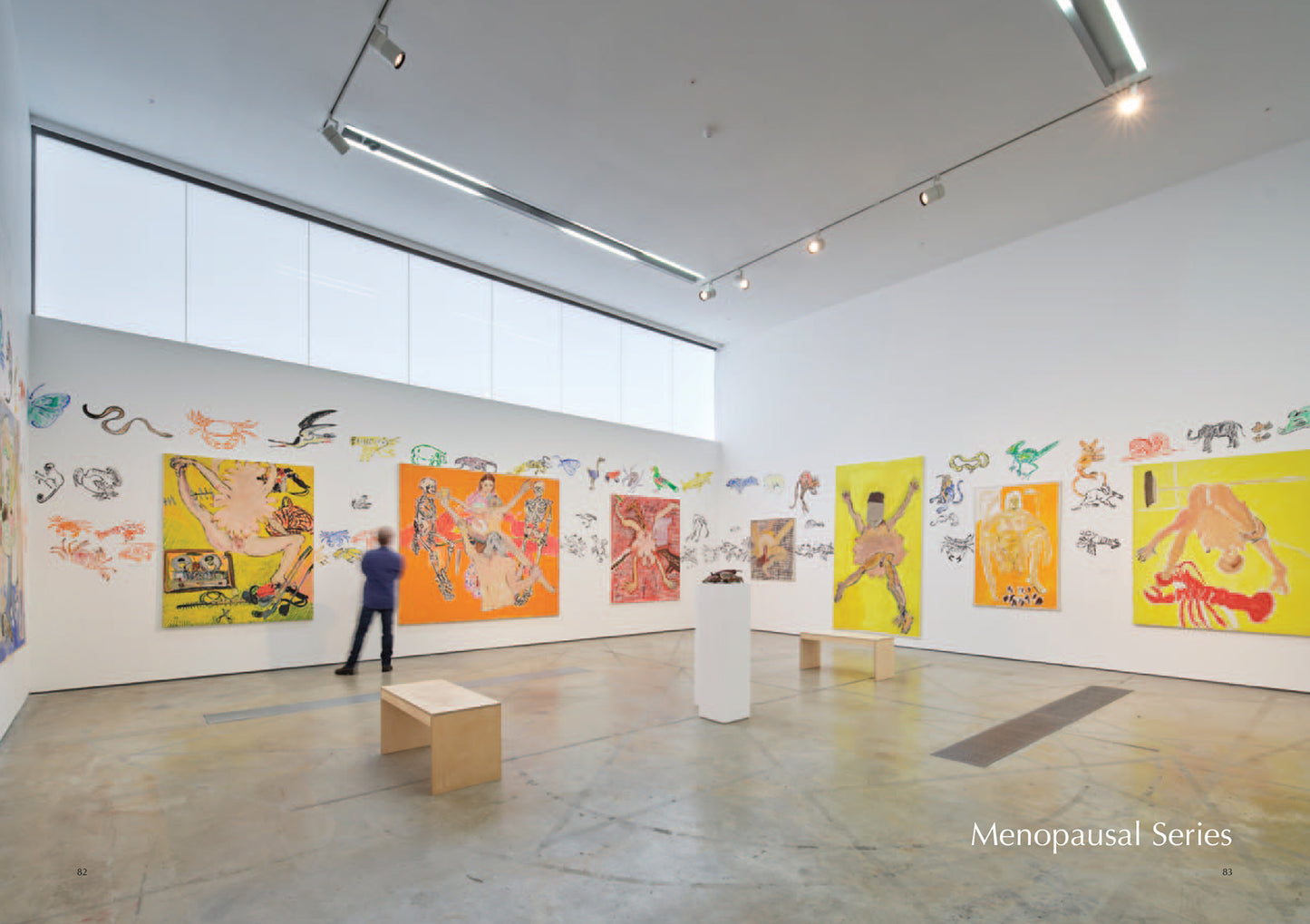Gandon Editions
ELIZABETH COPE – Palpable
ELIZABETH COPE – Palpable
Couldn't load pickup availability
Share
ed. John O'Regan, intro by William Laffan, essay by Aidan Dunne
ISBN 978 1910140 383 112 pages (hardback) 24x17cm 128 illus
Over half a century, Elizabeth Cope has created a body of work that is quite unlike that of any other living artist. Alive to all the complexities and contradictions of human life, her paintings can be profound, hard-hitting, sometimes even brutal, on the one hand, or witty, decorative and alluringly life-affirming on the other. The quotidian and the taboo – comedy and tragedy – sit happily side by side, while savagery mingles with beguiling beauty in strangely harmonious conjunction. There is often a disconnect between the gorgeousness of the facture, both its brushwork and Cope’s almost rococo palette, and her subject matter. The sheer aesthetic pleasure to be had from an enjoyment of her colouristic virtuosity reminds us of Bonnard’s dictum that ‘one can never have enough yellow’. However, the viewer of Cope’s art must learn to look beneath the surface, behind the painted veil. (William Laffan)
“The first thing that strikes you is the blissful celebration of hedonism that runs through her career, the homogenous nature of that career, and the consistency of her style and practice, which has barely changed over fifty years.”
— Catherine Marshall, Irish Arts Review
_____
EXTRACT
"From the beginning, Elizabeth Cope’s work has been marked by a sense of urgency. Clearly an artist of ample conventional gifts, well able to master a technique and organise a picture, and always a fast, observational draughtswoman, she often seems impatient even with her own abilities and capacities. It can appear as if she wants to short-circuit them. Some years ago, a contemporary artist who had studied at the Slade in London remarked to me that when the head of the school at that time, Scottish artist Bruce McLean, visited the studios and had a look at what you were doing, his killer question was: “Why isn’t this picture finished yet?” He didn’t necessarily mean hurry up. Rather he meant don’t spend time and energy on, as he put it, “nicky nacky noo”; just get to the point and wrap it up.
Looking back over her work, it is fair to say that getting to the point has consistently been integral to Cope’s approach, even a guiding priority. She’s not looking for shortcuts in her paintings, but she doesn’t expend a superfluous iota of time, paint or energy, never tries to tidy things up or sweeten the pill. McLean would surely have approved. If that sounds like a questionable claim about an artist whose work can plausibly be described as being at least in part decorative (a loaded word in discussions of painting), just consult the work. Her desire to avoid nicky nacky noo shines through, and clearly comes from deep within her."
— from the essay by Aidan Dunne
|
CONTENTS Foreword by Benjamin Stafford 6 1 – Self-Portraits 20 Biography / List of Illustrations 110 |












